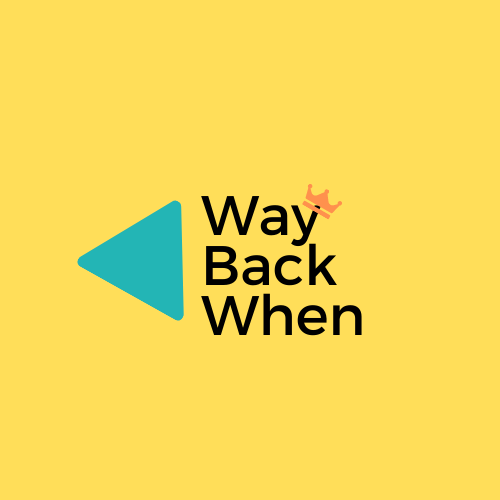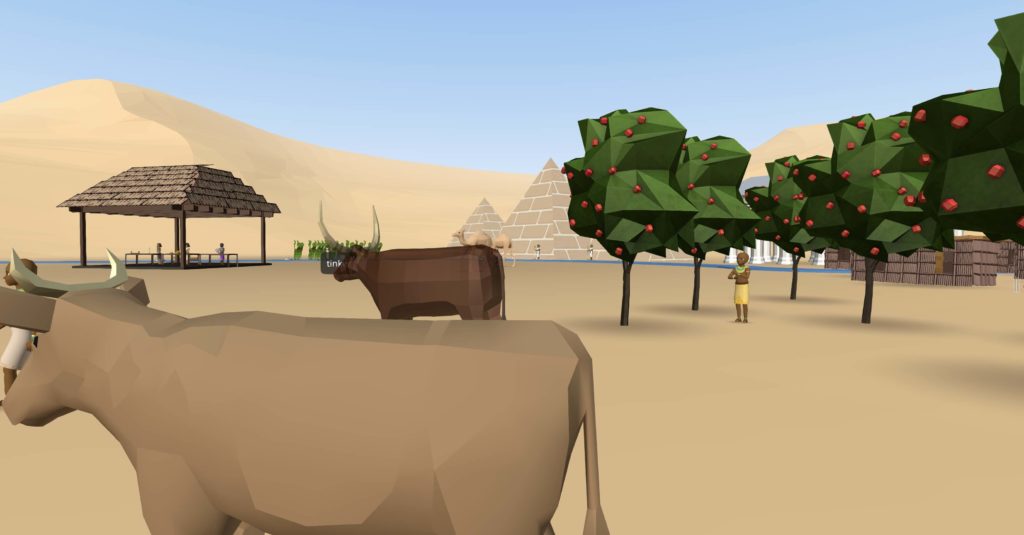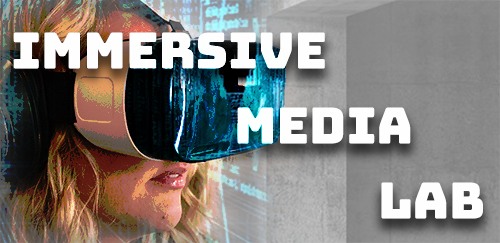
Children’s attention spans continue to fall shorter in our face-paced technological environment. Most children will learn how to use an iPad before they know how to read and need devices for their everyday tasks. Gaming and other technologies are integral to a child’s recreation time and social life, so why haven’t we tried to incorporate their interests into learning?
Way Back When is a learning tool that aims to integrate gaming and virtual reality into history classrooms. Instead of history being the least favored class (Cambridge Assessment, 2016), the content and ways of teaching must change to reflect the times. Virtual reality provides the perfect platform to integrate the exciting elements of the subject like storytelling and interactive activities.
Imagine being a soldier amid the Trojan War or painting the Sistine Chapel just by putting on a headset. Way Back When intendeds to bring those historic events to life, whilst also aiding teaching. A game type experience will keep children engaged, but as a learning specific tool will include the core themes and facts that are required as part of the curriculum. Therefore, the game will use a choice-based story game, where different tasks can be fulfilled to finish the game, that are relevant to the different core topics of the history course.

Especially in our current climate, it is difficult to make online learning captivating. Way Back When will make gaming part of the classroom, but also make learning desired outside the classroom.
For the purpose of this prototype, Ancient Egypt will be my topic of choice. The game targets an 11 to 12-year-old age group who are best suited for the kind of product due to their game literacy and cognitive abelites to benefit of visual learning to their thinking skills (Raiyn, 2016).


